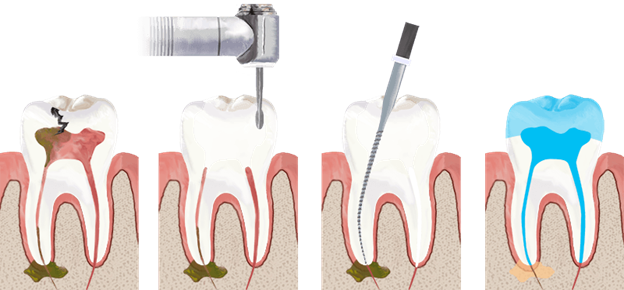What is a re-root canal treatment?
When is a re-root canal treatment necessary?
- Retrenchment may be necessary if you continue to feel pain, swelling, or discomfort in a tooth that has had a root canal treatment. These signs point to a partial resolution of the infection or inflammation.
- Retreatment may be necessary if an infection occurs in a tooth that has already received treatment in order to treat the infection and stop it from getting worse.
- Certain tooth canals or locations may have been missed during the initial root canal procedure, which can sometimes result in persistent or recurrent problems. The dentist can find and efficiently fix these missing locations with retreatment.
- In order to remove the old filling and correctly seal the tooth, retreatment may be required if the filling material used in the initial root canal operation becomes damaged or leaks.
- Deterioration of teeth undergoing root canal therapy may occur over time as a result of trauma, decay, or structural damage. Retreatment might be required to correct these new problems and maintain the functionality of the tooth.
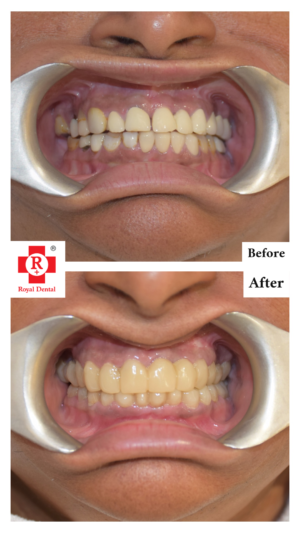
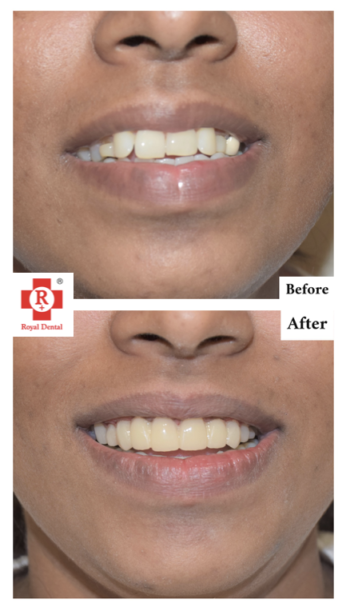
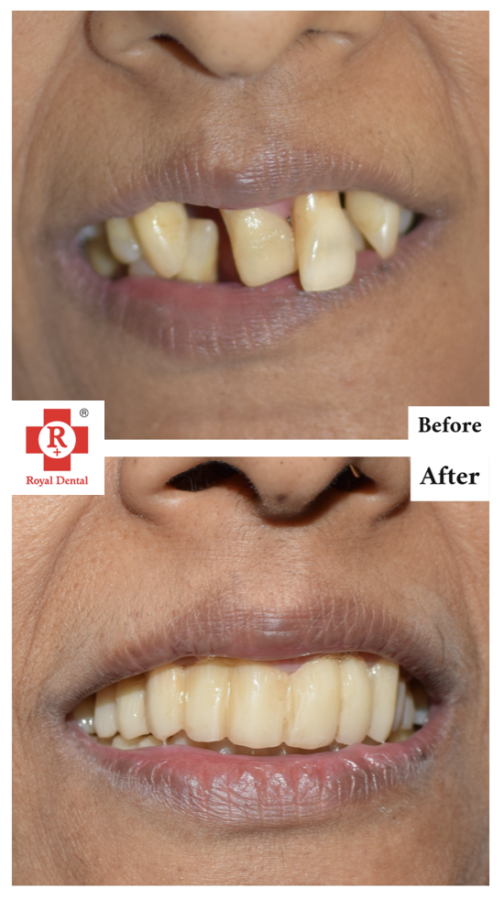
What are the benefits of a re-root canal treatment?
- Preserving your natural teeth is one of the main advantages. Re-root canal therapy preserves your natural tooth structure instead of extracting it, which is advantageous for maintaining healthy chewing function and preventing neighboring teeth from shifting.
- Taking care of the underlying problems can significantly reduce any pain, swelling, or discomfort you were experiencing prior to the retreatment. The goal of re-root canal therapy is to reduce inflammation and infection, which will lessen dental pain and discomfort.
- Retreatment lessens the chance of complications like abscesses or gum disease by carefully cleaning and disinfecting the root canal system.
- Re-root canal therapy, when used to successfully treat a compromised or previously infected tooth, improves dental health in general. It gets rid of bad germs, protects the gums and surrounding bone, and creates a better environment inside the tooth.
- The tooth is usually restored with a new filling or crown following re-root canal therapy, returning it to its original appearance and functionality. This relieves pain and places no restrictions on your ability to bite and chew correctly.
What are the risks of a re-root canal treatment?
- Retreatment of the root canal system may present difficulties in certain instances in terms of fully eliminating all diseased tissue. As a result, further care or procedures may be necessary in the event of a persistent or recurrent infection.
- Inadvertent injury to the tooth structure or surrounding tissues might occur from handling the instruments used during re-root canal therapy carelessly. Expert and knowledgeable dental practitioners reduce this danger.
- Multiple root canal treatments might weaken a tooth’s structure over time or make it more likely to break. Large cavities or prior dental work increase the likelihood of this condition.
- Some individuals may have transient pain or sensitivity in the treated tooth and surrounding tissues following a re-root canal procedure. It normally goes away on its own and is moderate, but if it persists, you should watch it and let your dentist know.
- There’s a chance that retreatment won’t work, particularly if underlying issues like intricate anatomy or a serious infection are present. Other therapeutic alternatives, such as extraction, may be taken into consideration in these situations.
- If tools unintentionally go beyond the designated treatment area during the re-root canal process, there is a small chance that nearby teeth or structures could sustain harm. Proper technique and dental skill reduce this risk to a minimum.
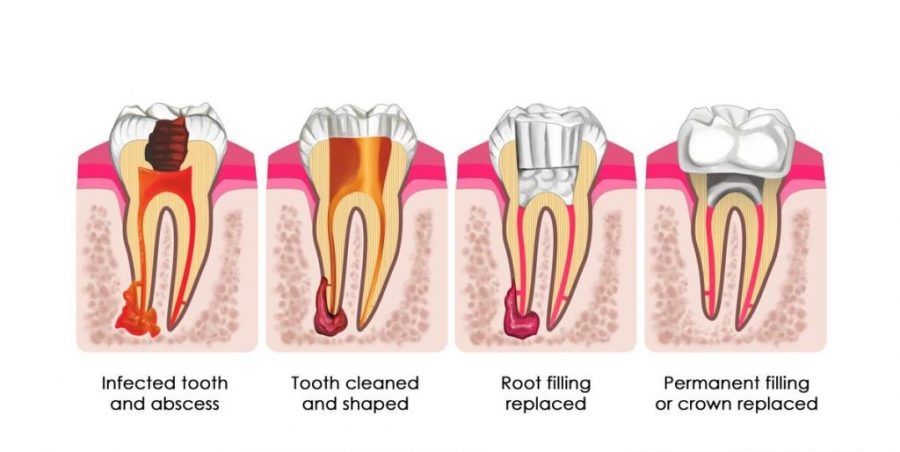
How much does a re-root canal treatment cost?
Re-root canal costs might differ based on a number of factors, including the intricacy of the case, the dentist’s experience, the patient’s location, and any extra treatments required. A re-root canal treatment would often set you back between $500 and $1500 per tooth. The inspection, retreatment process, any required X-rays, and the price of filling or sealing the tooth after treatment are usually included in this estimate. To obtain an accurate cost estimate based on your unique dental problems and treatment plan, it is imperative that you speak with your dentist.
Re-root canal treatment costs in India
Re-root canal therapy is typically less expensive in India than it is in many Western nations. You should budget between ₹4000 and ₹4500 on average for each tooth. The final cost can vary depending on a number of factors, including the area or location, the dentist’s experience, the complexity of the case, and any extra operations that may be needed. This estimate usually includes the assessment, retreatment process, any necessary X-rays, and the tooth replacement following treatment. For a precise cost estimate that is based on your unique dental condition and treatment plan, it is best to speak with a dental expert in India.

